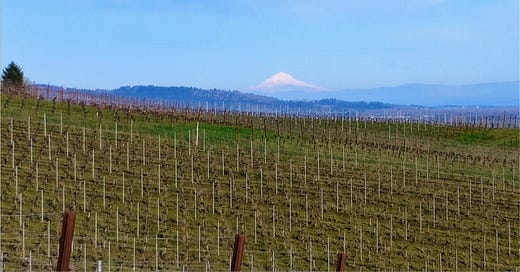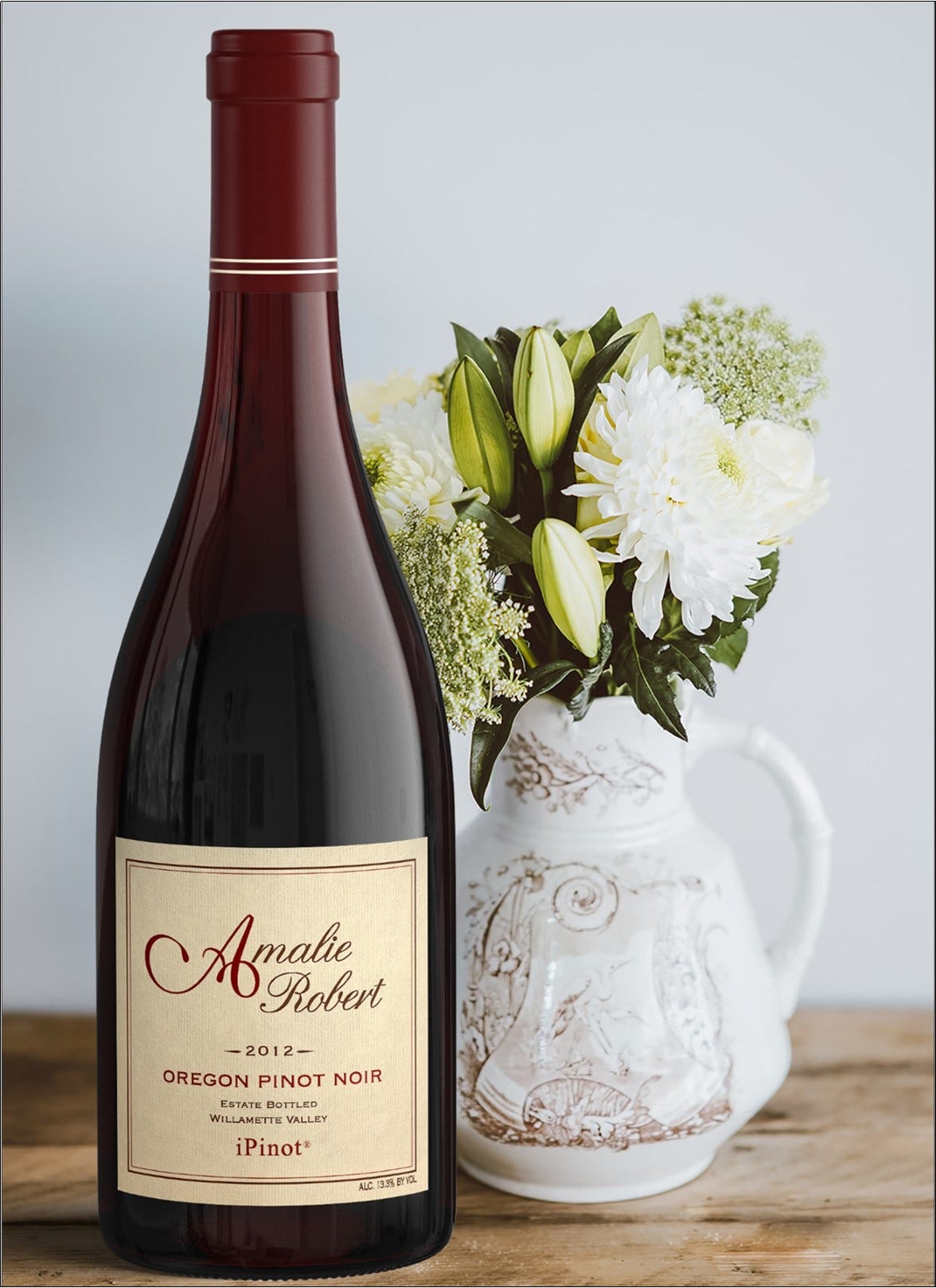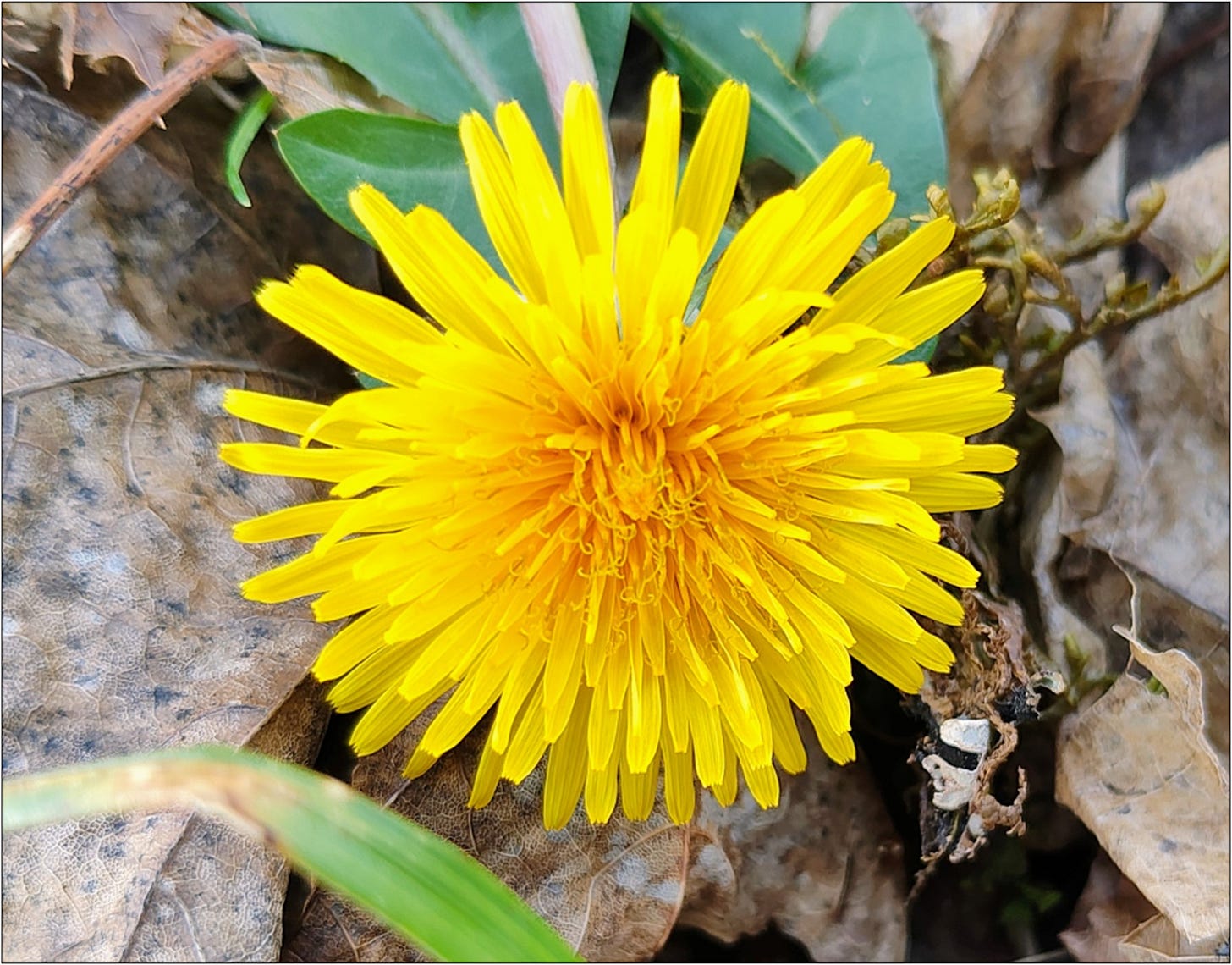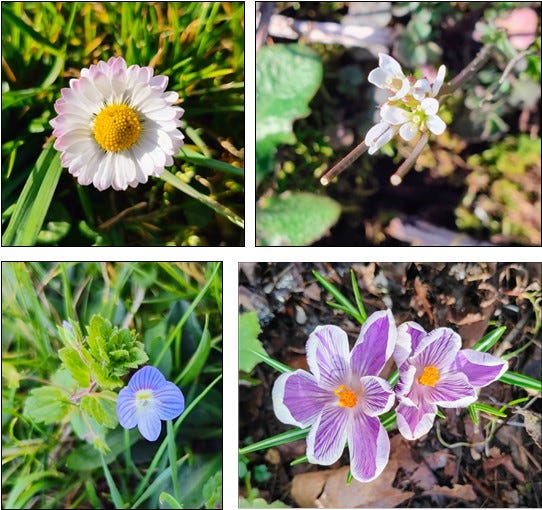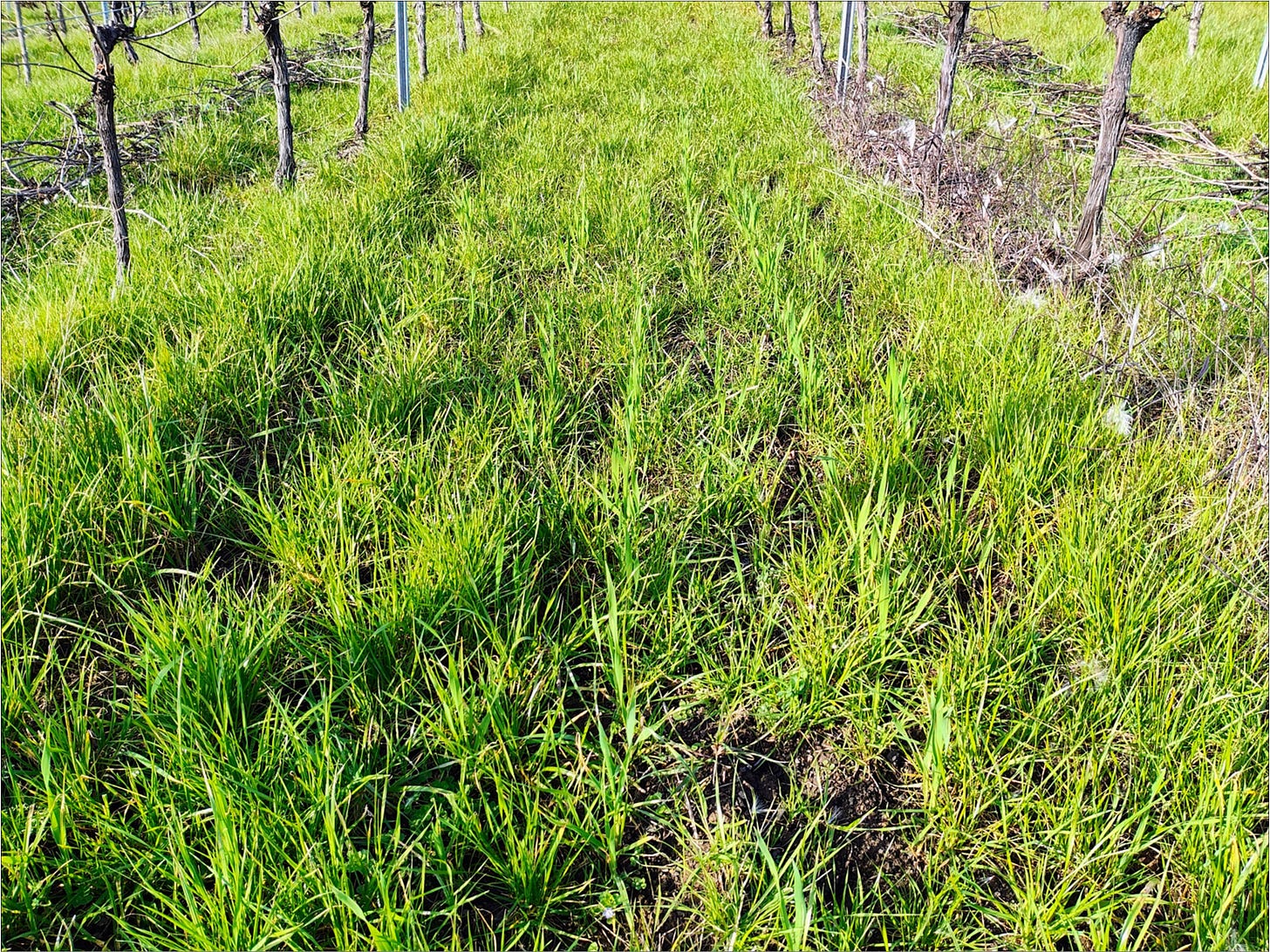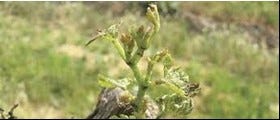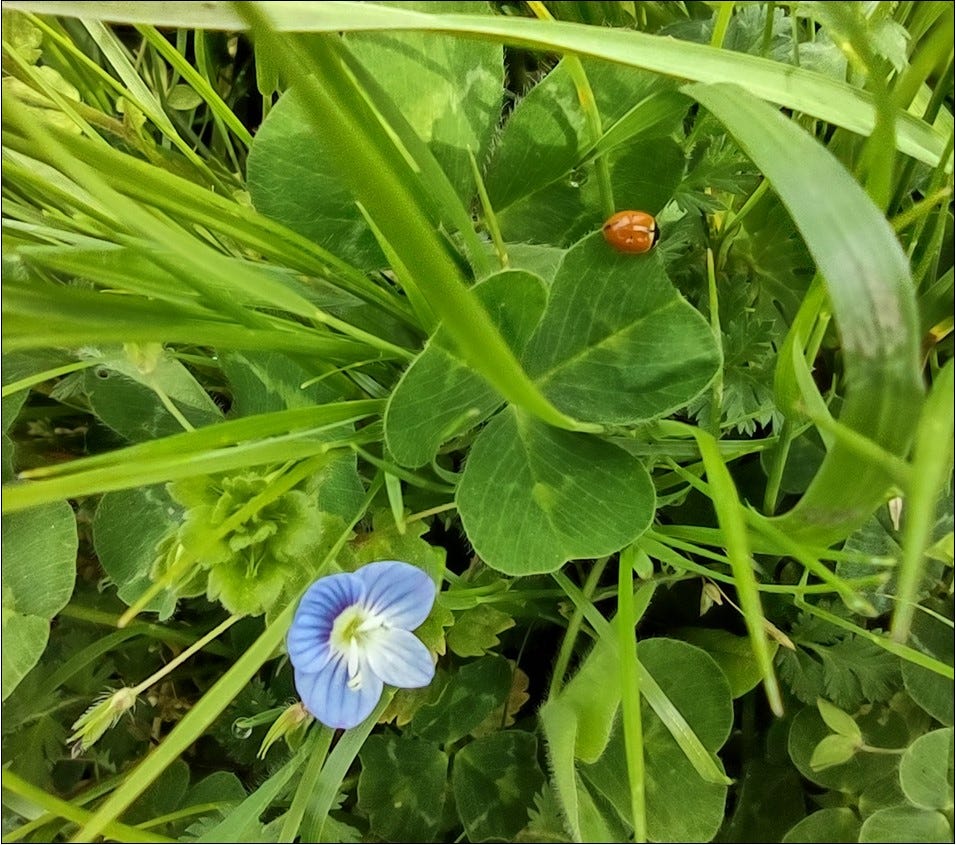Spring is Just Around the Corner! Really, It Is!
Hello and Welcome,
Don’t let that snow fool you, spring is coming to the Willamette Valley wine country. Maybe not until June, but we will be here all the same! Damn that groundhog… The calendar says the first day of spring is March 19th, but the vines have their own internal clock.
And they don’t much care about daylight savings time, either. Some states do and some states don’t – keeps the logistics and supply chains interesting… sometimes dysfunctional. Like all the rest of the flora in the Willamette Valley, the vines make hay when the sun shines. Wine berries in our case, then we ferment the sugar out of them and turn them into wine. Pinot Noir mostly.
In This Communication:
Easter Comes to Dinner in March
Monthly Wine Catalog: Pinot Meunier
Spring Wildflowers at Amalie Robert Estate
Main Topic: Cover Crop and Those Beneficial Insects – Love You Guys!
What Does That Mean and Why Should I Care?
Current Offers
Other Resources
iPinot® Pinot Noir 6-Pack Digital Offer
iPinot® Pinot Noir - a reserve level wine without the reserve level price. iPinot® Pinot Noir is created from reserve quality barrels of wine selected for our “Hers and His Reserves” - Amalie’s Cuvée and Estate Selection Pinot Noirs. Once the final “Hers and His Reserve” wines are blended, we have a few reserve level barrels of wine left to blend. We blend these cellar worthy barrels of wine together to create iPinot® Pinot Noir - a reserve level wine without the reserve level price.
Experience cellar worthy, Willamette Valley iPinot® Pinot Noir by Amalie Robert Estate. We are offering select vintages of iPinot® Pinot Noir for our 6-Pack Digital Offer!
Easter Comes to Dinner in March
Easter is celebrated in March this year. We knew this was coming because Easter is determined by the first Sunday after the first full moon following the spring equinox. Not all that hard to figure out really, but with daylight savings time, and the first day of spring, well, it’s understandable if this one slipped by. The larger issue in all of this is what to serve for Easter dinner.
The choices often come down to duck, lamb or rabbit. All very Pinot-friendly foods. And if you think about it the way Ernie thinks about it, lamb is a plant-based protein. For those of you who have met Dena, this goes a long way in explaining why she looks the way she does… when she looks at Ernie.
More likely than not, duck has been on the menu over the last few months, repeatedly. Rabbit represents a lighter fare and can be a good segue into spring. And it also is an opportunity to wow your friends with a Pinot Meunier pairing. You might just blow their minds. The preferred pronunciation is Mun-YAY. Not to be confused with Mun-Newer.

While we can provide the genesis for the culinary inclination – Sautéed Rabbit with Morels and Pearl Onions, we will tip our chapeau to Jacques Pépin for the actual preparation. And this dish pairs especially well with Pinot Meunier. For alternative preparations, please see the publication “Homestyle Wabbit Wecipes" by Elmer Fudd.
Now the trick is to serve this meal NOT on Easter Sunday. Maybe the week before or the day after, or both, but avoid Sunday dinner. Especially with a new amour that has not quite yet acclimated to your idiosyncrasies. You certainly want to avoid a Fatal Attraction sort of moment early in a budding relationship. If you can.
For those readers, perhaps residing in a southern state, that would like to avoid the potential look of impropriety, there is another more palatable option for Easter Sunday dinner. However, these creatures are quite elusive and may take some doing on your part to procure a suitable specimen.
Monthly Wine catalog – Pinot Meunier
Whichever you choose, or choose not to choose, you have still made a choice. And we have one more choice for you to make and that is the 2021 vintage (limited availability) or 2022 vintage, or both! Please see our March Pinot Meunier catalog powered by VinoShipper.
Do you need a refresher on Pinot Meunier? Check this from Wikipedia:
“Pinot Meunier is one of the most widely planted grapes in France but it is rather obscure to most wine drinkers and will rarely be seen on a wine label. The grape has been favored by vine growers in northern France due to its ability to bud and ripen more reliably than Pinot noir. The vine's tendency to bud later in the growing season and ripen earlier makes it less susceptible to developing coulure which can greatly reduce a prospective crop. For the last couple of centuries, Pinot Meunier has been the most widely planted Champagne grape, accounting for more than 40% of the region's entire plantings. It is most prevalent in the cooler, north facing vineyards of the Vallee de la Marne and in the Aisne department. It is also widely grown in the Aube region in vineyards where Pinot noir and Chardonnay would not fully ripen.”
Shipping credits will automatically be applied based on the number of bottles in your order and can be used for ground or air shipping. As a reminder, A-List members also receive a 10% discount on their order of 1-11 bottles, and 12 bottle orders receive a 20% discount AND domestic ground shipping included! It's better on the A-List.
Spring Wildflowers at Amalie Robert Estate
Despite the lovely March snowfall, some plants have already implemented their spring flower program. While humans are struggling with Artificial Intelligence, these plants have it dialed in. Even the lowly dandelion is large and in charge basking in the afternoon sun. Don’t anybody tell him he is just a weed, he thinks he is going to be made into wine.
This foreshadows the Pinot Noir vines putting out flowers. This activity usually occurs in June, sometimes May and in 2011 it was July… Have a look at some of our early spring wildflower blooms.
Main Topic: Cover Crop and Those Beneficial Insects – Love You Guys!
As we approach spring in the Willamette Valley, the Pinot Noir vines appear dormant, but that won’t last much longer. Even though we can’t see it, there is plenty of work being done below ground. The roots are starting to grow and assimilate nutrients for bud break in a few weeks.
Our fall cover crop of oats and winter peas has served to hold the topsoil through the winter rains. And now the peas are fixing nitrogen from the atmosphere onto their roots. The oats are taking some of that nitrogen and using it to grow their own green stand. Nitrogen makes up about 80% of the air we breathe, about 20% is oxygen and then the rest is all that other stuff we humans put in the air, like jet fuel exhaust and wildfire smoke.
Then around mid-April or so, Ernie will rototill the oats and winter peas into the soil. The soil microbes have been waiting for just such an event and, along with the worms, will digest this green matter releasing nutrients for our vines. The alternate rows hold our brown canes from last year, and after they are mown up with the tall green grass, they too will become food for Vintage 2024. Think of it as two different lines at the smorgasbord. But the vines have roots on both sides, so they get a full measure of both. Pass the nitrogen please…
No matter, what the vines are looking for this spring is nitrogen to fuel their new growth. Nitrogen is a macro-nutrient and the vines will use as much of it as they can get to grow shoots and leaves. But if there is too much nitrogen, the flowers will not set fruit – resulting in no wine. So, in theory anyway, there actually is such a thing as too much good stuff!
While the vines are building up their reserves getting ready for their big bud break push, there is another dynamic occurring in the vineyard. And this is the annual migration of the dreaded Spider Mite. These mites overwinter in bark on the trunk then make their way up to the new budding buds. They are about 0.007 inches long with 8 legs, so the 12 gauge is not an appropriate method of control, unfortunately.
Yeah, that’s what they do. And when they are able to penetrate the protective bract that protects the new bud, well then, the feast is on! The mite will consume, or severely damage, the new bud before it gets a chance to open. Cane borers are another such pest that have a very similar modus operandi. In severe cases, all of the buds on a vine will be damaged and the vine will die.
What Does That Mean, and Why Should I Care?
Feed your beneficial insects! And that leads us right back to the wildflower blooms. As pretty as they are, these flowers have a job to do. Their job is to reproduce by having their flowers pollinated. And our beneficial (predatory) insects like spiders, lady bugs, earwigs et al, are helping out. They don’t really care so much about the pollination, that’s for the bees. They are there to eat the pollen.
Pollen is protein. And when our army of predatory insects can’t find any of those nasty little mites or cane borers to vanquish, they can still sustain themselves on wildflower pollen. And soon enough Ernie comes by with the spring cover crop mix which includes buckwheat. That magical little plant produces a multitude of blooms very quickly. Thus providing even more food for our predatory army of beneficial insects. As is the case with many things in life, including the NFL, a strong offense is often the best defense.
And so, there it is. Along with the vines and the mites, we wait for spring. As this communication has a touch of French flair, we bid you all a fond adieu. Not to be confused with fondue, which, of course, is Swiss.
Kindest Regards,
Dena & Ernie
Other Resources
Visit our Website
Visit the FLOG Archive
Take the Amalie Robert Tour
Shop Amalie Robert Direct
Download your FREE Willamette Valley sub-AVA Guide
Alaska Airlines Wines Fly Free
TRADE ONLY: Digital Distribution - What's in it for You?

